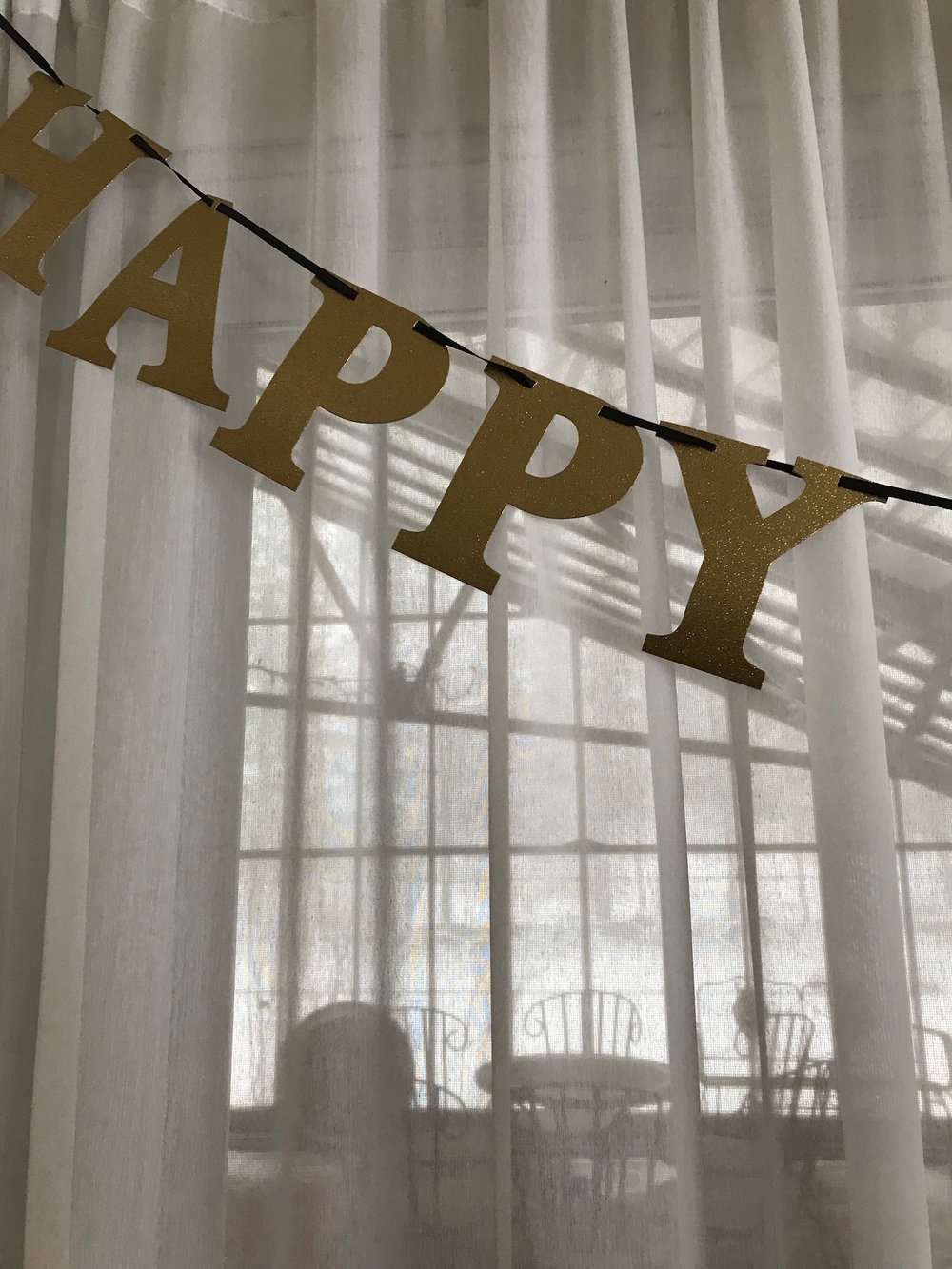If you’re anything like me, you might think, “There’s no possible way I’ll ever get to inbox zero.” Over the years, I’ve read many articles and books and even attended seminars with advice about the value of having zero emails in your inbox. I’ve commented on many posts, “I greatly admire your ability to get to zero and would love to do it myself, but don’t see how I can realistically get there…ever!” I’ve imagined how it might feel to be unencumbered by old emails and an inbox that felt more like a “to-do someday list.”
While I haven’t set all of my 2018 goals in motion or even decided what they will be, one of the goals I committed to this year was my project “inbox zero.” I wanted a fresh start and a clean slate to grow from. With this new goal of “zero” in mind, I was curious if I could achieve it. I also wondered how to make it happen.
So, I set a simple plan in motion. I remembered some advice I learned, which helped me create a doable plan. Using the breaking-down-large-projects-into-small-parts thought process, I set up a few basic rules.
Linda’s Rules for Project Inbox Zero
Set a completion date. I opted to have this done by January 1st. Guess what? That didn’t happen, but it did happen a week later. It’s good to remember that deadlines are great motivators, but be flexible. As it turns out, I needed that extra time to complete my goal. And if I needed more time, I would have made another adjustment.
Create some parameters. With hundreds of emails and decisions to process, I knew I’d need more than a day to get through them. I used small time blocks daily to process the old emails while keeping up with the new ones. The beauty of doing a little bit each day was that decision-making wasn’t overwhelming. If I experienced decision fatigue, I stopped. I aimed for progress, not completion. That kept me motivated and ready for the next email session.
Establish the “dump” buckets. That may seem like an odd term, but it’s what it felt like. Reviewing each email, I decided which “bucket” to “dump” the email or information into. My favorite bucket was the trash. If the email was no longer relevant, I let it go. Another bucket was my “to-do” list. Anything that required action or follow-up got assigned a date on my list to review later. A third bucket was contacts. Some emails required transferring stats or information to my contact system. The other types of emails are related to current or past projects. Those went into archive buckets. These archives are digital folders with specific project or topic category names.
Be Realistic. The most challenging emails to decide about were those I hoped to have done something with someday but hadn’t. I used the “how long I’ve been ignoring this email factor” to determine the likelihood of ever attending to that thing. In most cases, those emails ended up in the “trash” bucket. A few were archived or added to my to-do list. However, I tried to be as realistic as possible before they were kept. The point of achieving inbox zero wasn’t just to empty the box but also to make realistic assessments about the contents.
 Life is full of distractions. These distractions often have noise components that come from external and internal sources. With all of the noise and distractions, it can be especially challenging to focus on what’s most important. Noise in our environment can be overpowering. It’s essential to make time for quiet and stillness. By doing this, we create white space and breathing room. From this quiet we connect with our minds, bodies and others and ready ourselves for creativity, learning, and a fresh start. The start can be for the next moment, day, month, project or interaction.
Life is full of distractions. These distractions often have noise components that come from external and internal sources. With all of the noise and distractions, it can be especially challenging to focus on what’s most important. Noise in our environment can be overpowering. It’s essential to make time for quiet and stillness. By doing this, we create white space and breathing room. From this quiet we connect with our minds, bodies and others and ready ourselves for creativity, learning, and a fresh start. The start can be for the next moment, day, month, project or interaction.












